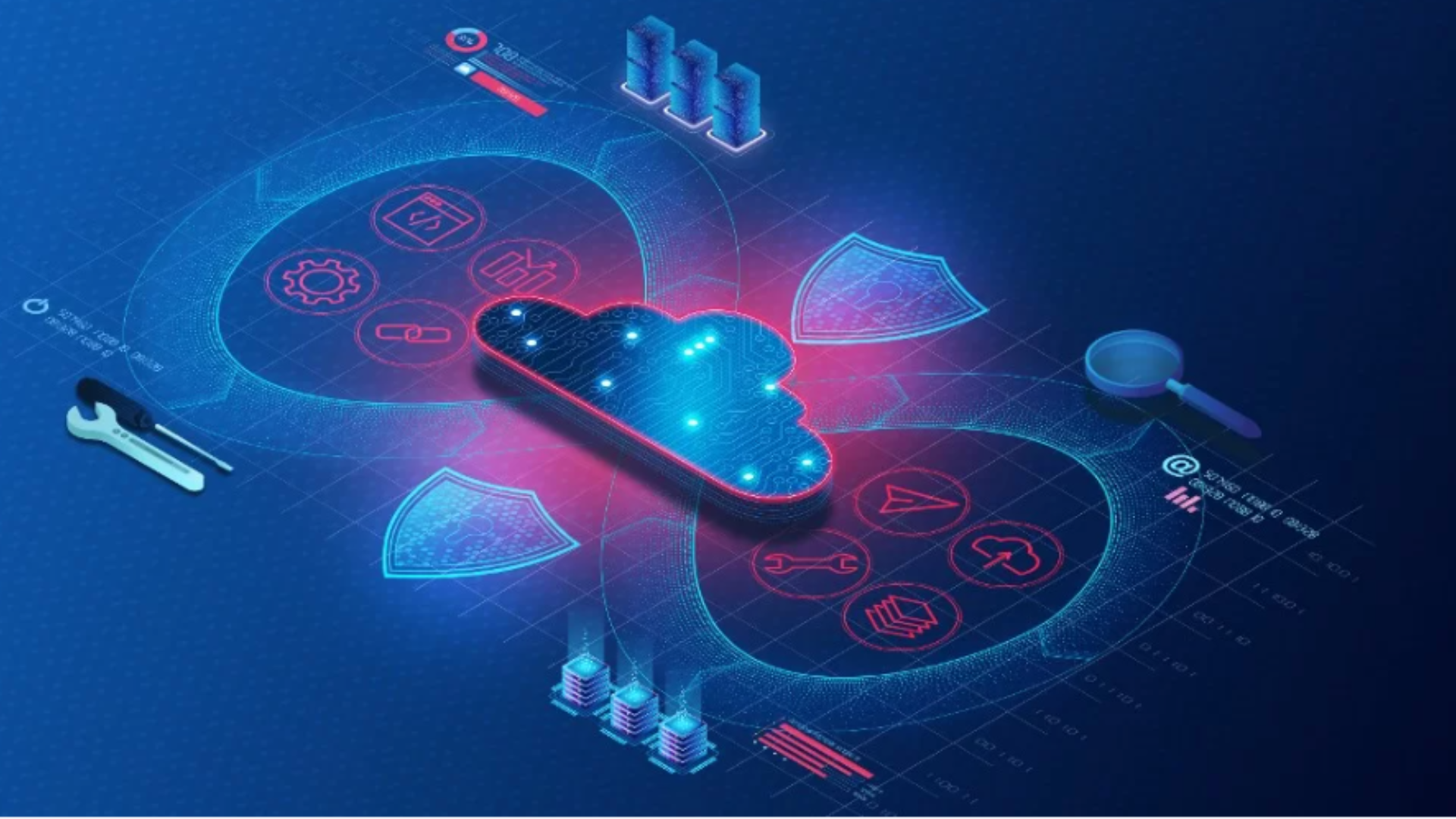In the world of software development, terms such as Continuous Integration (CI) and Continuous Delivery (CD) often appear. Although these concepts are related and are often used together, they represent distinct stages in the software development and deployment process.
First steps in Continuous Integration (CI)
Continuous Integration is a development practice that focuses on frequently merging code changes from multiple developers into a common repository. The main objective of CI is to identify integration issues early by automating the process of building and testing code changes. Whenever a developer submits code to the central repository, an automated build process is triggered, followed by running an automated test suite. CI ensures that the codebase remains stable and functional as developers collaborate, reducing conflicts and allowing for rapid feedback and error detection.
Beyond Integration: Deepening Continuous Delivery Practices
Continuous Delivery is an extension of Continuous Integration (CI) that focuses on automating the software release process to ensure that changes can be deployed quickly and reliably in production or training environments. In Continuous Delivery (CD) practices, once code changes pass through the CI stage and are deemed stable, they are ready for deployment. This involves activities such as additional automated testing, packaging, and environment setup. With CD, organizations could quickly and efficiently roll out software changes, ensuring that the application is always in a deployable state. However, actual deployment to production is still a manual process, allowing for human validation and control.
Key differences between CI/CD

CI/CD scope
CI is primarily concerned with code integration and ensuring a stable code base through automated compilation and testing. CD, on the other hand, encompasses the entire software delivery process, including deployment and release management.
Level of automation in CI/CD practices
CI focuses on automating compilation and testing processes to ensure code stability and early detection of problems. CD extends this automation to encompass the software release process, automating activities such as testing, packaging, and environment configuration. CD takes automation one step further by eliminating manual steps in the deployment process.
Human intervention required in CI/CD
CD enables human validation and control before changes are implemented in production, providing an additional level of verification. On the other hand, CD eliminates the need for human intervention in the deployment process, allowing changes to be released immediately without manual review.
CI/CD targets
CI focuses on early detection of integration issues and providing immediate feedback to developers. CD aims to automate and streamline the deployment and release process, enabling organizations to release software to production more frequently and reliably.
CI/CD practices aim to streamline development processes and improve software quality. Continuous Integration focuses on integrating code changes and automated testing, while Continuous Delivery automates the software release process.
Improve your organization’s bottom line and gain competitive advantage by working with htss. Our specialists can provide you with the best consulting services for your business needs.


































